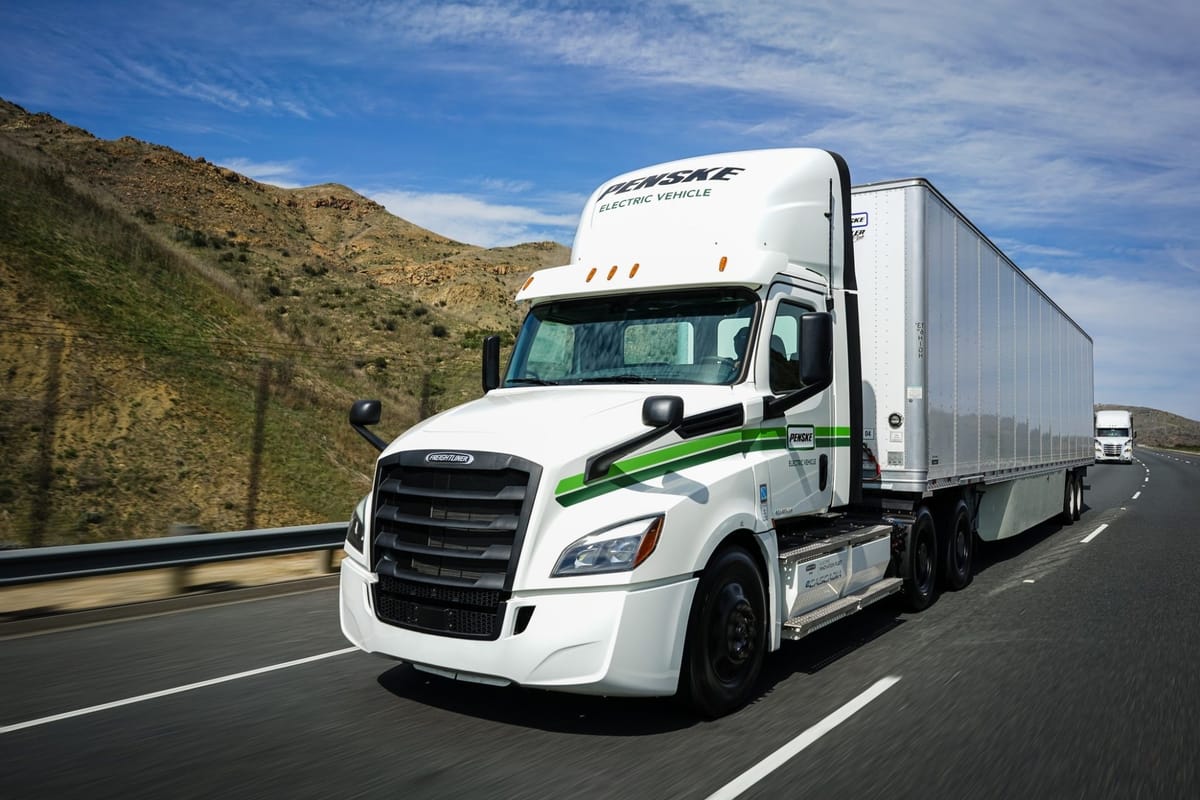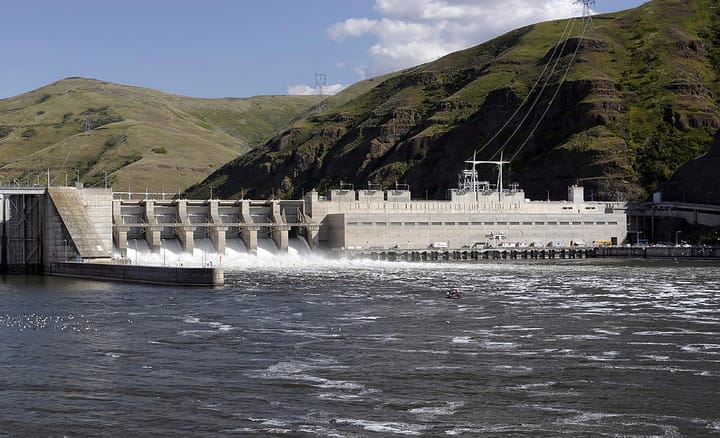Washington’s EV Future Is Thriving … But Trump and Baumgartner Are Trying to Kill It

The Voice of a State on the Move
If Washington State could speak, its voice might come from a mechanic in Moses Lake retraining on electric drivetrains. Or a logistics manager in Spokane quietly building out EV infrastructure for rural fleets. Or a union apprentice in the Tri-Cities learning how to install high-capacity charging hubs.
This is the future that Washington State is building: one that is cleaner, more efficient, and economically smarter. It is not a utopian fantasy. It is a strategic transition with bipartisan roots and real, measurable momentum. And then the federal government intervened.
Trump’s New War on Washington State
On June 12, flanked by fossil fuel executives and GOP hardliners, Donald Trump signed a sweeping rollback of federal electric vehicle policy. With Rep. Michael Baumgartner (R-WA-5) standing approvingly in the front row, applauding as the administration announced plans to slash EV funding, dismantle tax credits, and redirect infrastructure dollars toward oil and gas subsidies.
“This is a victory for the American trucker,” Baumgartner said after the signing, offering no evidence and ignoring Washington’s actual trucking community, which has cautiously embraced EV integration.
This is more than a rhetorical stance. It is part of a deliberate, coordinated political agenda to roll back clean energy gains and suppress EV adoption. Trump’s Project 2025, which Rep. Baumgartner has vocally embraced, proposes dismantling EV mandates, repealing state emissions waivers, and eliminating what it calls “unfair subsidies” that support EV technology. The plan, as outlined in the Project 2025 blueprint and echoed in recent executive orders, seeks to replace state-level climate leadership with a federal strategy that promotes fossil fuels and blocks innovation. As Earthjustice warns, this agenda is designed “to eliminate electric vehicle mandates, rescind emissions waivers for states like California and Washington, and restrict the EPA’s ability to curb vehicle pollution.”[1]
What Washington Truckers Are Really Saying
Baumgartner’s favorite talking point, that Washington State’s EV rules would “devastate” the trucking industry, is false.
The Washington Trucking Association, hardly a bastion of liberal activism, released a statement last year clarifying: “While we recognize the technological and economic hurdles in electrifying heavy-duty fleets, we are optimistic about long-term potential and committed to shaping policies that benefit our members and the environment.”[2]
In short: Washington truckers aren’t asking for a fight. They’re asking for a seat at the table. And many are already preparing for an electric future.
Freight company Schneider, one of the largest logistics firms in the nation, recently deployed more than 100 electric Freightliner eCascadia trucks in California. The company also operates extensively in Washington State, including at key freight hubs like the Port of Tacoma. PepsiCo subsidiary Frito-Lay, which has begun electrifying its regional delivery fleets, likewise maintains operations across Washington, including distribution facilities in cities such as Vancouver and Spokane.[3]
Seattle’s Port Electrification Project, backed by state funds and federal grants from the Biden administration, is piloting similar transitions with short-distance freight haulers moving goods to Eastern Washington and beyond.[4]
What This Means for WA‑5
Eastern Washington stands to lose the most from Trump and Baumgartner’s attack on clean energy. The transition is already creating jobs in Walla Walla, Spokane, and the Palouse. EV charging installation, battery recycling, and supply chain logistics are generating new employment paths. U.S. Department of Energy data shows Washington ranks among the top ten states for EV infrastructure jobs per capita.[5]
If those projects are defunded or stalled, thousands of positions, many in rural communities, will disappear.
Yet Baumgartner, who touts economic development, is cheering the very policies that undercut his district’s future. He is also using the manufactured consequences of those cuts to claim EV policy doesn’t work. It’s a closed-loop of sabotage: create the problem, then use the fallout to discredit the solution.
Whose Side Are They On?
Washington State is not asking the federal government to lead this transition. Olympia already is. What it needs is for leaders in D.C. to stop blocking progress.
Instead, our Congressman is taking bows while our funding gets cut. Instead of protecting Washington jobs, he is echoing oil lobby talking points. Instead of lifting up the voices of truckers, clean tech workers, and local innovators, he is drowning them out with partisan noise.
There is no ambiguity left. Washington State's clean energy future is real. It’s working. And it’s under attack.
The only question now is: who’s fighting for its future, and who’s cashing in by tearing it down?
Footnotes
[1] Earthjustice: Project 2025 and the Attack on EV Policy
[2] Washington Trucking Associations, Public Statement by Sheri Call, 2024: watrucking.org
[3] Freightwaves: Schneider expands electric fleet; Frito-Lay expands EV delivery routes
[4] Port of Seattle: Shore Power and Drayage Electrification Overview
[5] U.S. Department of Energy: State Energy and Employment Report (SEER) 2024

